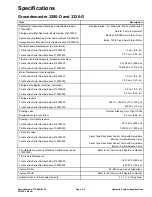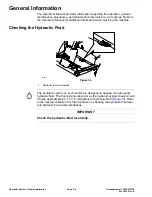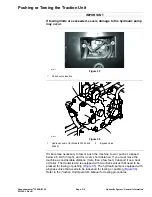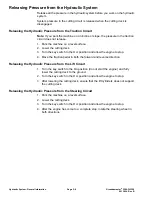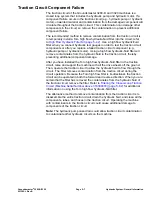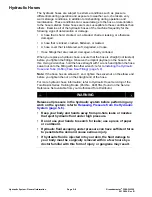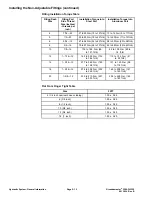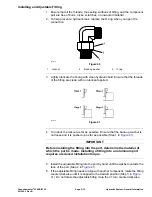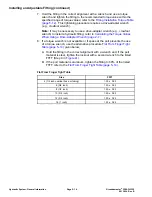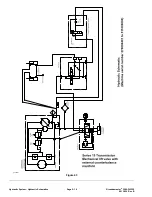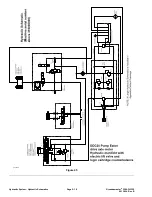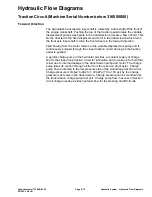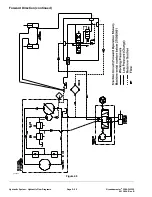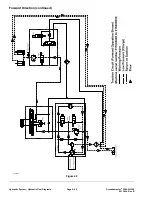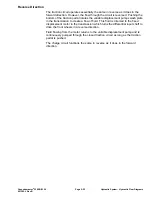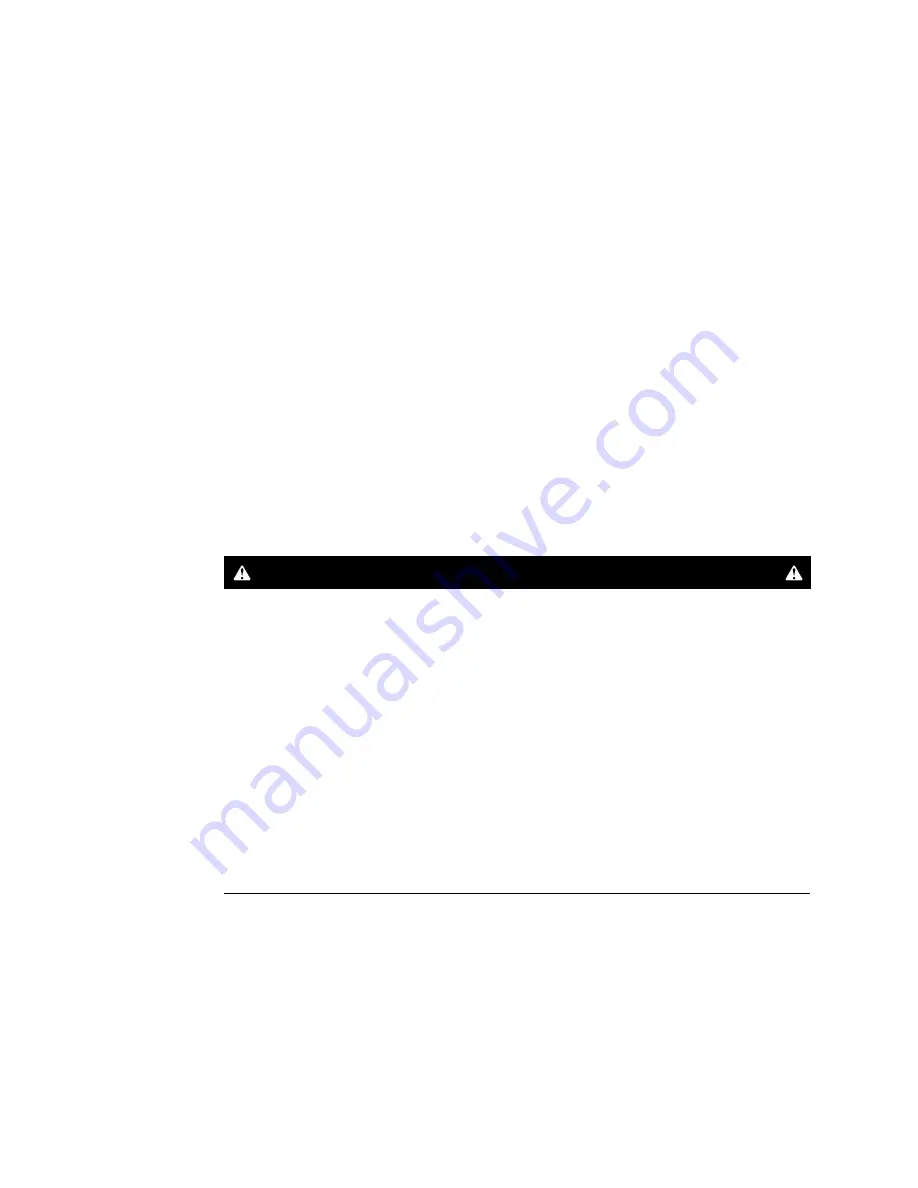
Hydraulic Hoses
The hydraulic hoses are subject to extreme conditions such as pressure
differentials during operation and exposure to weather, sun, chemicals, very
warm storage conditions, in addition to mishandling during operation and
maintenance. These conditions can cause damage to the hose or deterioration
to the hose material. Some hoses are more susceptible to these conditions than
others. Examine all of the hydraulic hoses of the machine frequently for the
following signs of deterioration or damage:
•
A hose that is hard, cracked, cut, abraded, charred, leaking, or otherwise
damaged.
•
A hose that is kinked, crushed, flattened, or twisted.
•
A hose cover that is blistered, soft, degraded, or loose.
•
Hose fittings that are cracked, damaged, or badly corroded.
When you replace a hydraulic hose, ensure that the hose is straight (not twisted)
before you tighten the fittings. Observe the imprint (layline) on the hose to do
this. Using 2 wrenches, hold the hose straight with 1 wrench and tighten the hose
swivel nut onto the fitting with the other wrench; refer to
Hose and Tube (O-Ring Face Seal Fitting) (page 5–9)
.
Note:
If the hose has an elbow at 1 end, tighten the swivel nut on the elbow end
before you tighten the nut on the straight end of the hose.
For more hydraulic hose information; refer to
Hydraulic Hose Servicing
of the
Toro Basics Series Training Books (Part No. 94813SL) found on the Service
Reference Set available from your Authorized Toro Distributor.
WARNING
Release all pressure in the hydraulic system before performing any
work on the system; refer to
Releasing Pressure from the Hydraulic
.
•
Keep your body and hands away from pin-hole leaks or nozzles
that eject hydraulic fluid under high pressure.
•
Do not use your hands to search for leaks; use a piece of paper
or cardboard.
•
Hydraulic fluid escaping under pressure can have sufficient force
to penetrate the skin and cause serious injury.
•
If hydraulic fluid is injected into your skin, the fluid damage to
your body must be surgically removed within a few hours by a
doctor familiar with this form of injury or gangrene may result.
Hydraulic System: General Information
Page 5–8
Groundsmaster
®
3280-D/3320
05138SL Rev B
Summary of Contents for Groundsmaster 3280-D
Page 4: ...NOTES Revision History Page 4 Groundsmaster 3280 D 3320 05138SL Rev B ...
Page 10: ...Preface Page 10 Groundsmaster 3280 D 3320 05138SL Rev B ...
Page 56: ...Gasoline Engine Service and Repairs Page 3 22 Groundsmaster 3280 D 3320 05138SL Rev B ...
Page 84: ...Diesel Engine Service and Repairs Page 4 28 Groundsmaster 3280 D 3320 05138SL Rev B ...
Page 228: ...Hydraulic System Service and Repairs Page 5 144 Groundsmaster 3280 D 3320 05138SL Rev B ...
Page 430: ...PTO System Service and Repairs Page 9 12 Groundsmaster 3280 D 3320 05138SL Rev B ...
Page 466: ...Operator Cab Service and Repairs Page 11 16 Groundsmaster 3280 D 3320 05138SL Rev B ...
Page 470: ...Foldout Drawings Page A 4 Groundsmaster 3280 D 3320 05138SL Rev B ...
Page 508: ......










